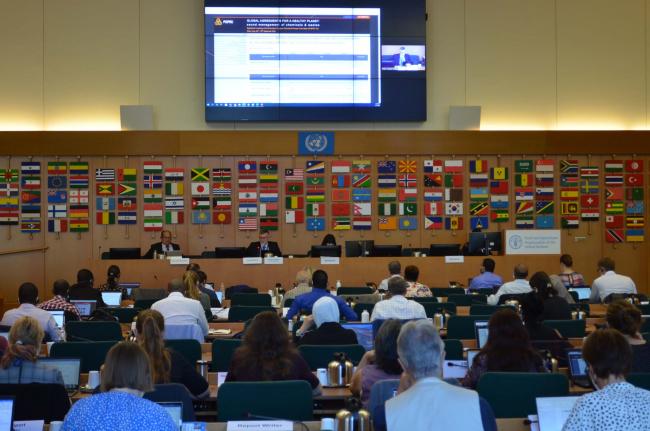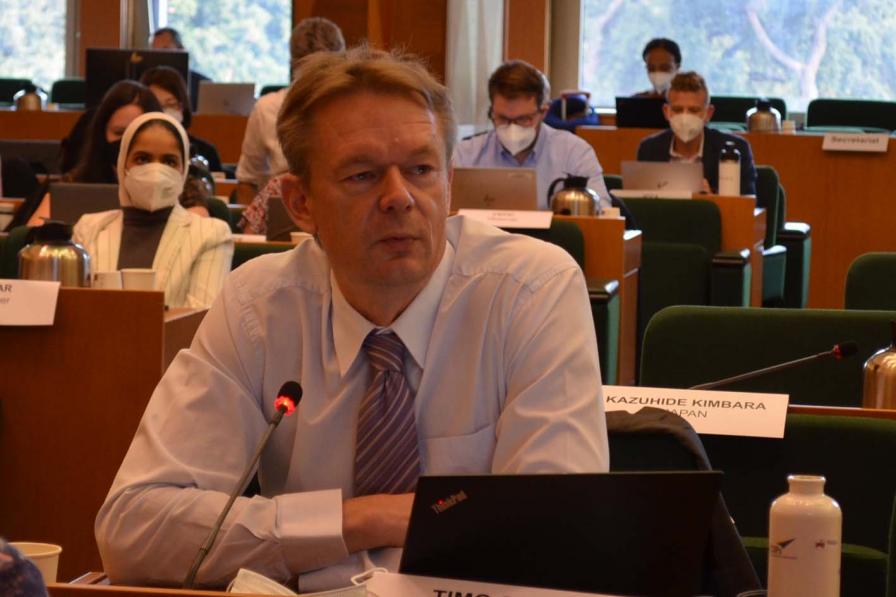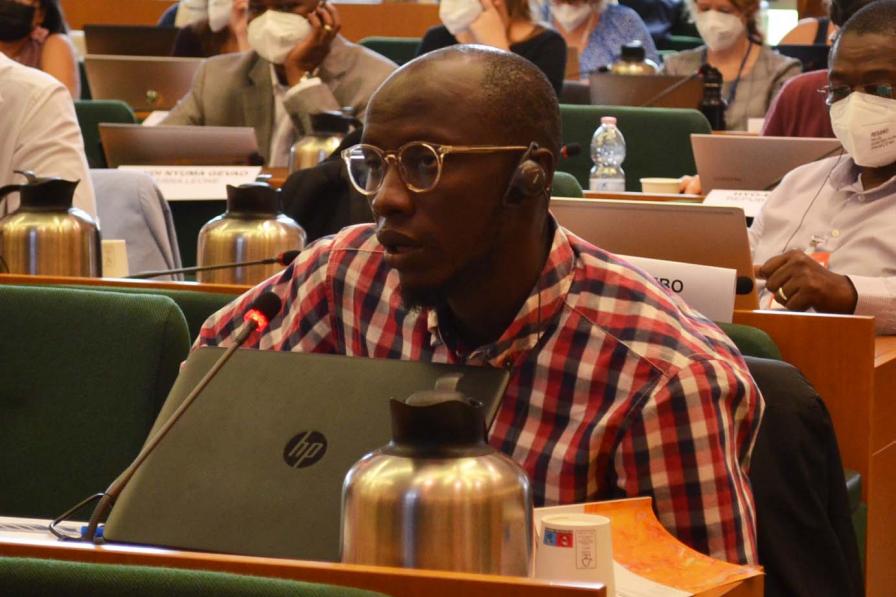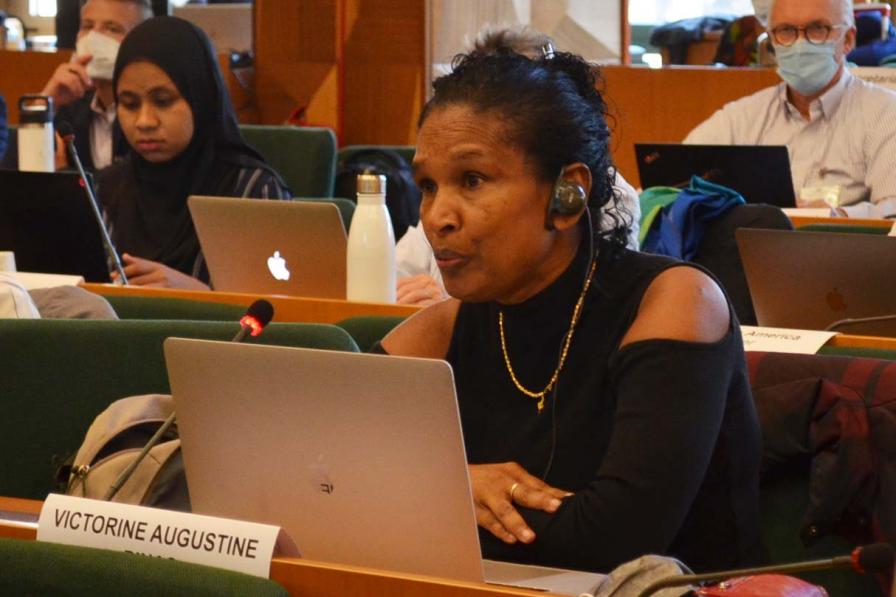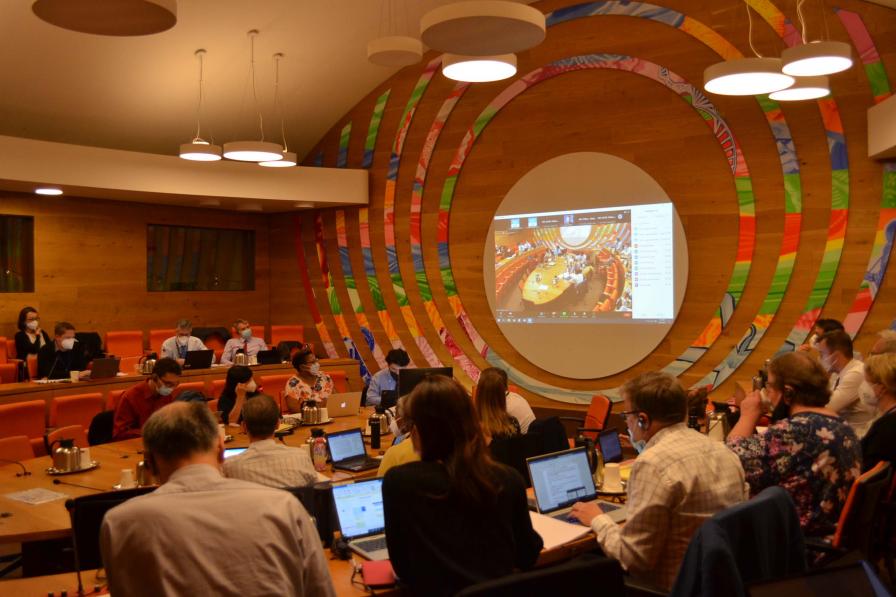The Persistent Organic Pollutants Review Committee (POPRC) shifted focus to reviewing ongoing implementation issues.
When a chemical is listed in the Stockholm Convention, its production and use might be eliminated or restricted. In either case, countries might decide that the chemical is still needed for some uses, perhaps because there is not a cost-effective and safe alternative. Countries then register for a “specific exemption” to keep using an eliminated chemical, or can continue using a restricted chemical for an “acceptable purpose.”
The POPRC considered the specific exemptions and acceptable purposes for three chemicals. The Stockholm Convention COP uses this information to periodically review the need for these ongoing uses:
- Short-chained chlorinated paraffins (SCCPs): These chemicals were listed in Annex A (for elimination), with specific exemptions. So far, it seems only a few countries have indicated they will need such an exemption.
- decabromodiphenyl ether (decaBDE): Eight countries have registered their ongoing production and/or use, including for legacy spare vehicle parts, textiles, and plastic housing and parts in appliances.
- perfluorooctane sulfonic acid, its salts and perfluorooctane sulfonyl fluoride (PFOS, its salts and PFOSF): There are only two specific exemptions, for metal plating and fire-fighting foams, and one acceptable purpose, for leaf-cutting ant baits. Some spoke of the slow progress to phase out the use of sulfuramid in these ant baits.
The Committee also discussed long-range environmental transport (LRET). It is a key criterion for chemicals to be considered POPs: that the chemical is capable of travelling far from where it is produced and used, thus presenting risks for distant communities. Traditionally, evidence of the chemical in remote regions, especially the Arctic or Antarctic, was sufficient proof of LRET. In earlier years, especially for POPs that are pesticides or used in agricultural contexts, it has been relatively straightforward to understand where the substance is still or has been applied. But as POPRC considers substances in everyday consumer products, such as plastics, the Committee faces a new challenge if it is possible that the presence of a chemical in a remote area could be from the local use of such products.
In the afternoon, contact groups worked on the draft risk profiles for chlorpyrifos and for long-chain perfluorocarboxylic acids (LC-PFCAs). In the evening, contact groups considered the draft risk profile for “medium-chain chlorinated paraffins” and the draft risk management evaluation for Dechlorane Plus.
To receive free coverage of global environmental events delivered to your inbox, subscribe to the ENB Update newsletter.

